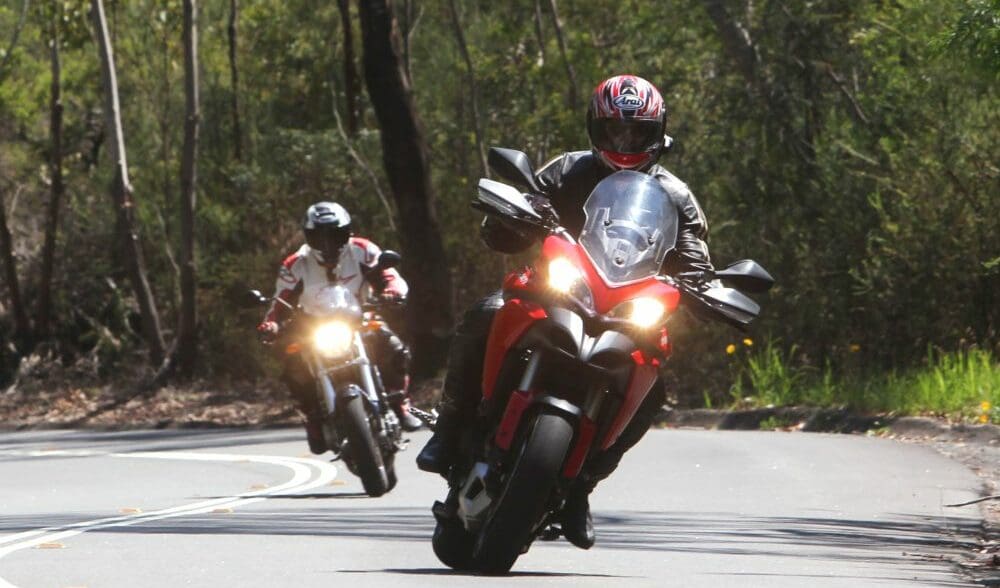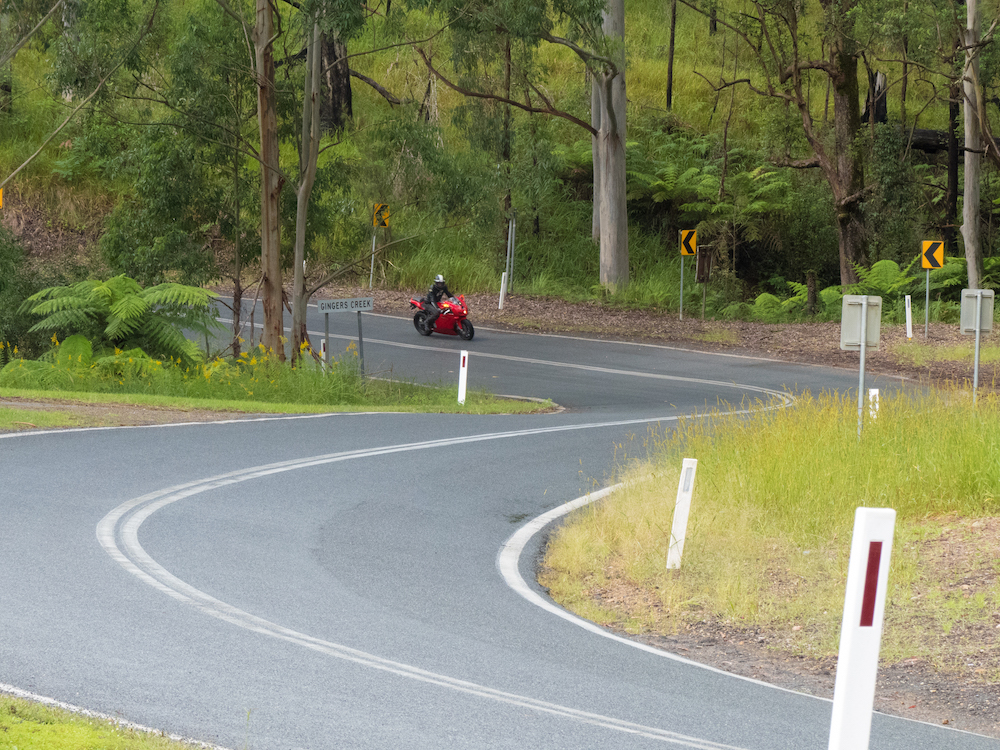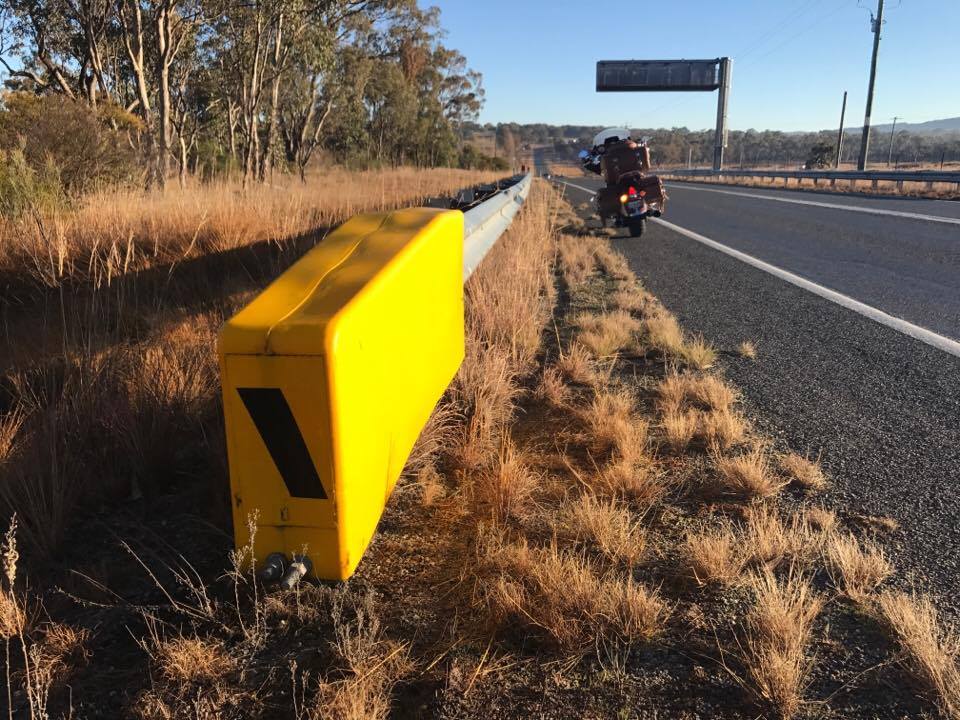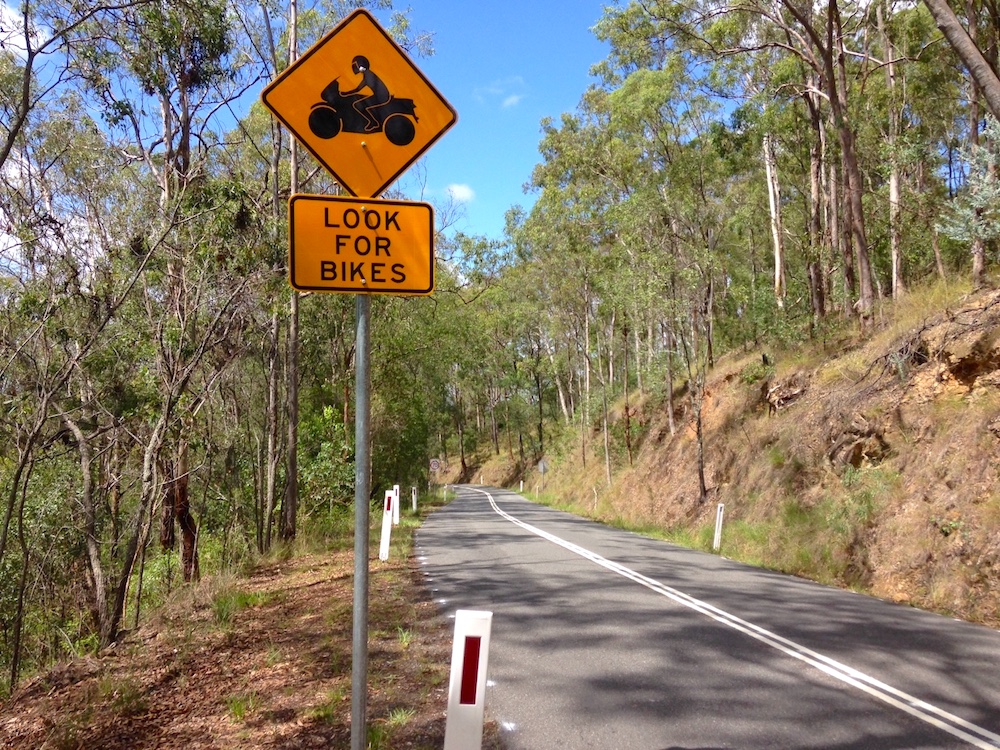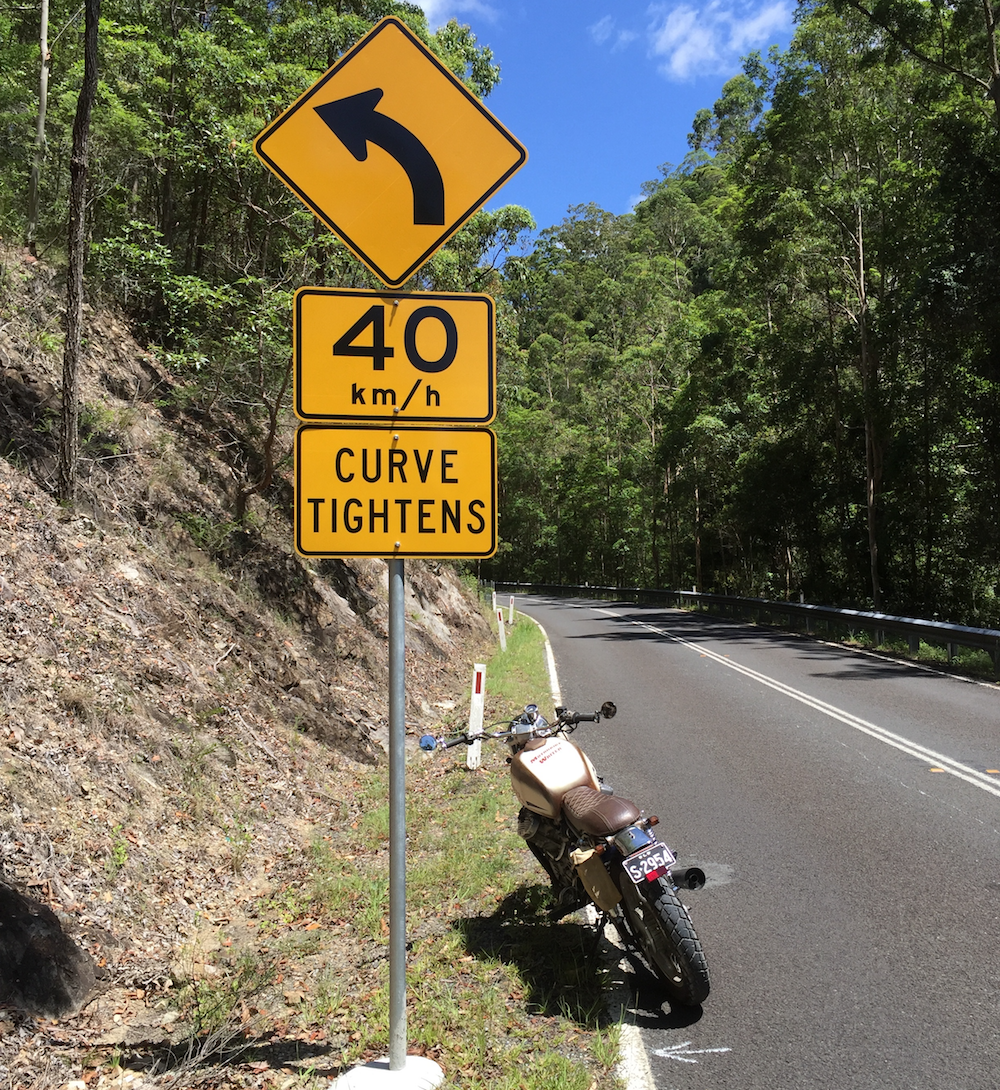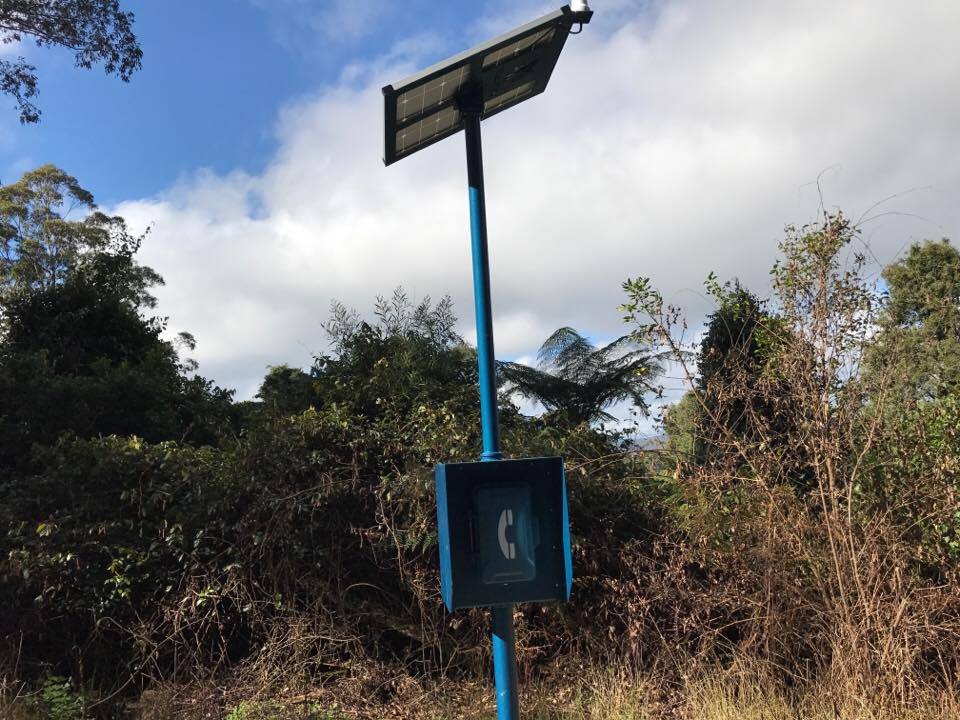The famed motorcycle nirvana that is the Oxley Highway may soon set the benchmark for rider safety with some innovative safety strategies being considered.
While riding the Oxley last week, I bumped into a group of road safety and transport workers at Gingers Creek.
They can’t be named nor their organisations, but they were happy to discuss some of the safety strategies they plan for the road to create a new safety benchmark for motorcycling.
This follows a 2015 safety review of the highway after a disproportionate number of crashes, mainly involving riders. The review found 15 plans of action.
However, the Roads and Maritime Services seemed to only be interested in reducing the speed limits by as much as 40km/h on the mountain section.
This prompted a heated protest and popular petition by riders, local residents and business owners, so the RMS was asked to do another review.
That was expected by Christmas, but has been pushed back by the new minister who is also the member for the area.
Now the review is imminent and our sources tell us it could include some innovative safety strategies.
They wouldn’t say whether the speed zones would be reduced, but the suggestion is that, if they are, they certainly won’t be as drastic as originally touted.
Among the suggested safety measures that would create a new safety benchmark are:
- Radar-activated signs that identify riders and flash some sort of warning if they are approaching a bend too fast;
- Yellow plastic capping on the top of the armco (similar to the yellow end capping being used now) to reduce the hazards to riders and also provide a visual alert of a corner;
Yellow capping may continue across the top of the armco - More turnout areas for slow vehicles to pull over and signs alerting them to allow vehicles to pass;
- “Look for Bikes” signs as used in Victoria and on Mt Glorious Rd in South-East Queensland; and
Look for bikes signs on Mt Glorious - Road work on blind decreasing-radius corners to chamfer the bank so you can see further around the corner, signage warning of the tightening curve or roadwork to reduce the turn severity.
One of the workers explained the radar signs a little further, saying they wouldn’t be like the signs that flash “slow down” or display your speed.
He says flashing signs could be too distracting while a speed display can become a challenge for riders to see how fast they can go.
The signs would be set to detect riders only and would be activated at a speed threshold that alerts the rider they are going too fast for that corner.
The worker said they wouldn’t have a lot of those signs as the more there are, the less effective they become.
He says there would only be two or three on the mountain section and they would be positioned where there was a high incidence of crashes on corners.
He says their statistics show that the biggest cause of crashes on the mountain were riders going too fast for a corner and running off the road or into oncoming traffic.
We believe various government departments are working with the Motorcycle Council of NSW on the safety initiatives. If they were all implemented, it would create a new safety benchmark for motorcycling roads.
The MCCNSW has already been instrumental in having emergency satellite phones installed on the mountain which is a black spot for mobile phone reception.


